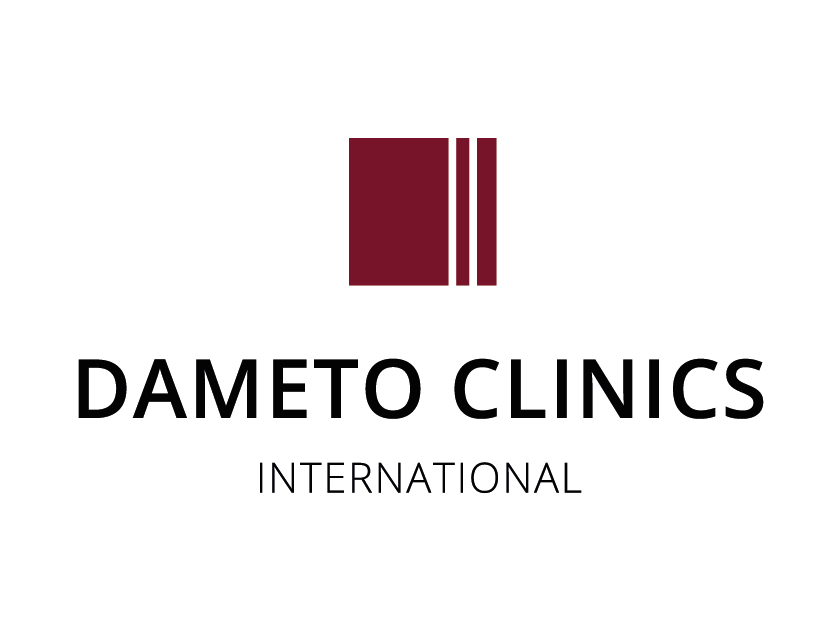Gender Features of the Male Patient
The recent growth, availability and popularity of non-invasive facial rejuvenation has triggered a shift in the general public perception of these procedures. What was once thought only to be a pastime for the extremely vain and wealthy is now viewed as a more commonplace, acceptable and convenient way for anyone who wants to look better and feel better about their appearance. And this trend is not just affecting women; more and more men are visiting the physician’s office for treatments that help to emphasize their masculine features and restore a more distinct male facial contour. Therefore, aesthetic practitioners need to be sensitive and aware of the involutional, age-related changes in both facial volume and contour that occur in the male patient and they need to understand the methods necessary to correct and restore them.
Generally, male skin is thicker and more vascularized than female skin, and the density of collagen fibers in the dermis is greater. Skeletal facial muscle mass is also greater in men. The male’s lower jaw has a wide ramus and its corners are turned sideways.
The male skin, subcutaneous fat, facial musculature and facial skeletal structure can all demonstrate symptoms related to chronological aging and to photoaging. Wrinkles and gravitational ptosis of tissues become more pronounced with age. Atrophic changes in both the superficial and in deep fat compartments over time can cause facial skeletonization, together with skin laxity and wrinkling. Also the assessment of nasolabial and melomental folds should be considered being part of the evaluation.
Age-related changes can include flattening of the cheeks, lips and malar region. The resulting volume loss in the middle third of the face triggers the formation of palpebral, malar and mid-malar sulci, as well as bony base rotation, nasolabial and marionette folds. The overall goal of restoring volume loss in a male patient should include a correction of these changes. Fillers based on stabilized hyaluronic acid (HA), like Apriline® products with high module elasticity, viscosity and cohesiveness can be used to achieve these goals.
Forehead and Eyebrows
Men’s foreheads usually are more posteriorly tilted, and they tend to be wider than women’s foreheads The eyebrows are clearly defined. Volume loss of the frontal eminence causes ptosis of the upper third of the face. To preserve and restore these facial features, the high viscosity HA filler Apriline® Forte is administered to the frontal bone area.
The treatment for the eyebrows area with a cannula should be done by using the retrograde technique. The result is a uniform distribution of the product along the entire length of the eyebrow. Each eyebrow may require between 0.3 to 1.0 ml of the product.
Middle Face Features
One third of men experience atrophy and redistribution of deep and superficial fat compartments of the face, resulting in a tired and depressed look. To restore bone resorption and deep fat compartments atrophy Apriline® Forte can be used to the zygomatic area in small amounts. Apriline® Normal may be used for superficial volume correction. To achieve the desired effect, 1 to 3 ml of this combination of products may be administered to each cheek, depending on the severity of the volume deficiency.
Perioral Region
Revolumizing the perioral area requires replacement of lost subcutaneous fat. Apriline® Normal is administered to those patients with medium thickness of the skin and Apriline® Forte is administered to the ones with very thick skin. Injections of 0.5 to 1 ml are done deepdermally or subdermally from each side using a fanning injection technique along the oral commissure, then repositioned laterally towards areas of depression with progressive placement of the product.
Deep nasolabial folds are not easily corrected by simple filler administration alone. Botulinum toxine should be administered to targeted hyper-dynamic musculature in conjunction with the use of dermal fillers.
Lips
Correction of lip contour is achieved by a series of linear retrograde injections 0.5 cm away from the oral commissure. “Cupid’s bow” and the philtral columns are recreated if their distinct contour is lost. Soft and malleable fillers, like Apriline® Normal with less volumizing effect, medium reticulation and homogenization parameters are excellent to use for this purpose. To maintain the correct balance, the volume of the lower lip in men should be at least one third greater than the upper lip.
Conclusion
As more and more men seek care for correction of volume-related changes to the face using non-invasive dermal fillers, it will become increasingly imperative to understand the male facial anatomy and perform volumetric remodeling techniques to prevent feminization of the male face such as the ones described in this article. Hyaluronic acid fillers that demonstrate high volumetric lifting capacity, such as Apriline® Forte and Apriline® Normal are excellent products that can be used to achieve both overall volume replacement and enhancement of lost facial contour in male patients.


